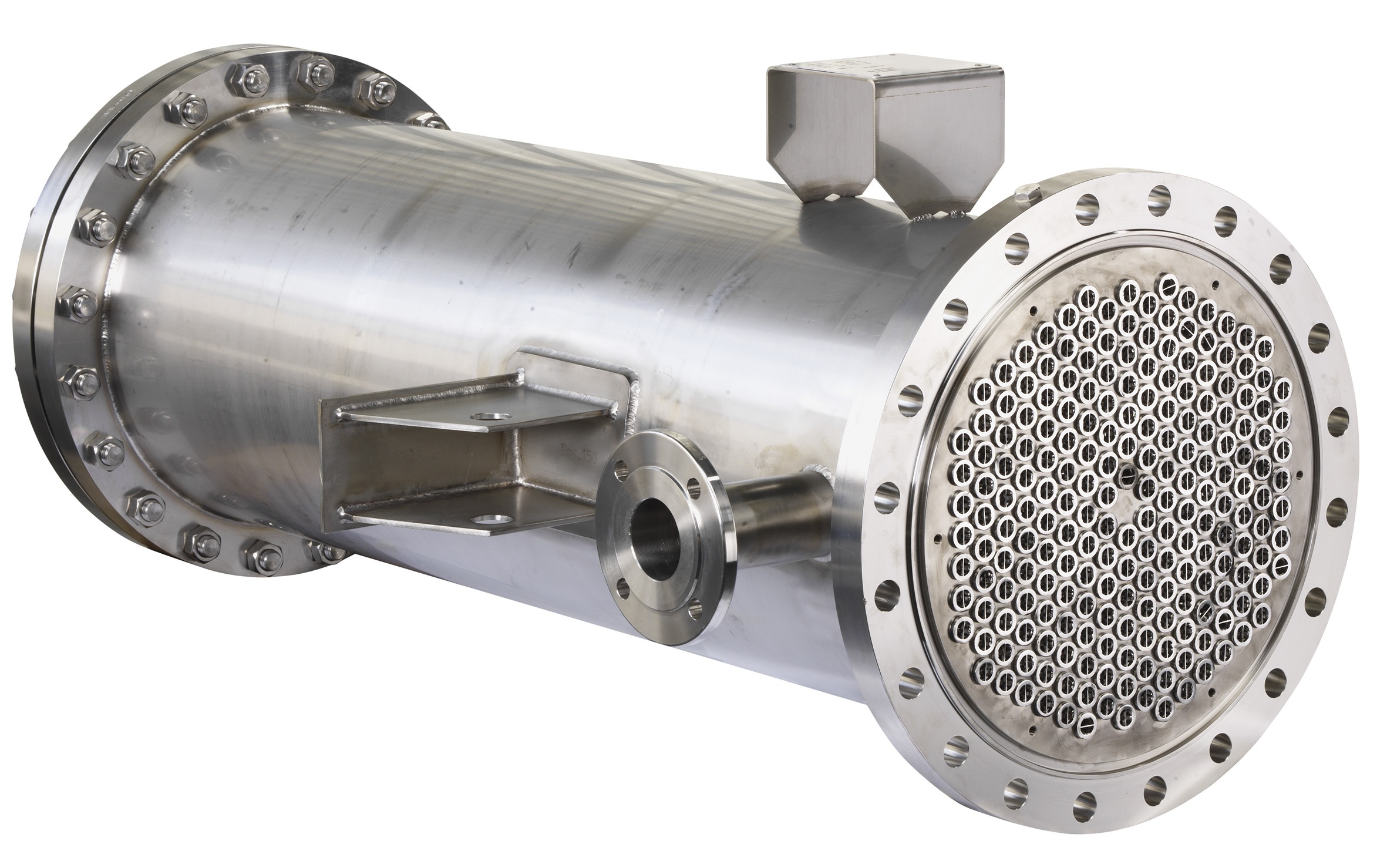A heat exchanger is manufactured to assist the transfer of heat from one fluid to the other. It has many designs. In some cases, it features a solid wall which separates the fluids and prevents them from mixing. While in others, the fluids are not separated from each other and are mixed. You can find maximized surface area of the wall and minimized fluid flow resistance in most efficient heat exchangers. Sometimes, in order to increase the surface area and to induce turbulence, fins or corrugations are used with the wall.
Common appliances containing a heat exchanger include air conditioners, refrigerators, and space heaters. These devices are also used in chemical processing and power production. Perhaps the most commonly known heat exchanger is a car radiator, which cools the hot radiator fluid by taking advantage of airflow over the surface of the radiator.
There are three primary flow arrangements with heat exchangers: counter-flow, parallel-flow, and cross-flow. In the counter-flow exchanger, the fluids enter the exchanger from opposite sides. This is the most efficient design because it transfers the greatest amount of heat. In the parallel-flow version, the fluids come in from the same end and move parallel to each other as they flow to the other side. The cross-flow heat exchanger moves the fluids in a perpendicular fashion.
There are also four different designs of heat exchangers: shell and tube, plate, regenerative, and intermediate fluid or solid. The most typical type is the shell and tube design. This has multiple finned tubes. One of the fluids runs through the tubes while the other fluid runs over them, causing it to be heated or cooled. In the plate heat exchanger, the fluid flows through baffles. This causes the fluids to be separated by plates with a large surface area. This type of exchanger is typically more efficient than the shell and tube design.
The regenerative heat exchanger takes advantage of the heat from a specific process in order to heat the fluid used in the same process. These can be made with the shell and tube design or the plate design. The intermediate fluid or solid heat exchanger uses the fluids or solids within it to hold heat and move it to the other side in order to be released. This method is commonly used to cool gases while removing impurities at the same time.

Heat Exchanger explanation
by
Tags:

Leave a Reply